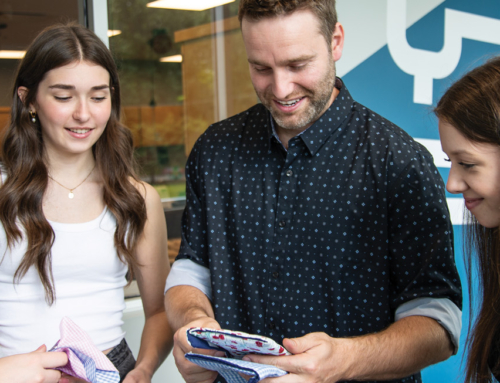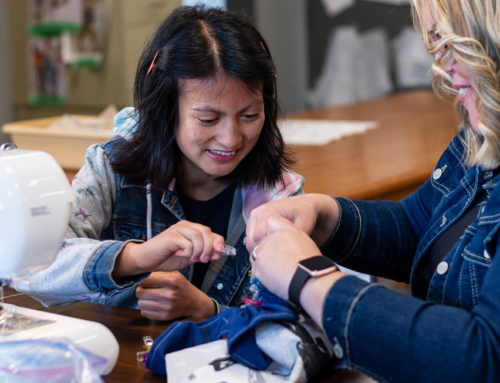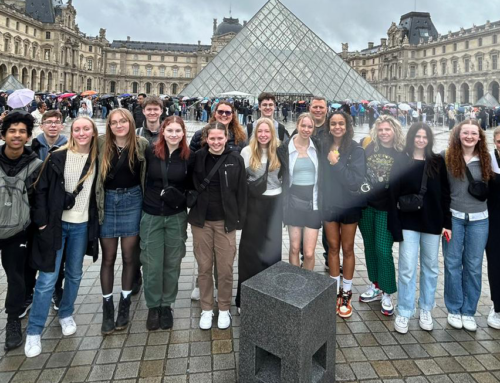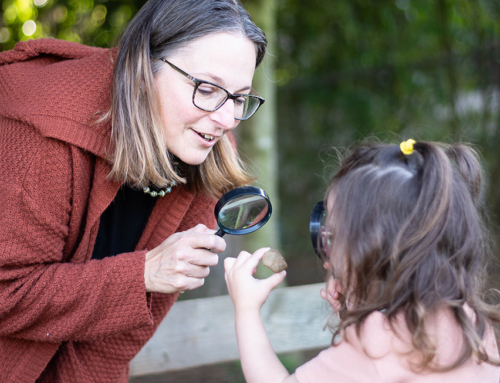When one of my kids came home on a Friday and declared, “I have to finish my project,” I was filled with dread. Weekend plans were abandoned so I could try to achieve the impossible: learning the material the project was supposed to demonstrate, balancing my child’s expectations with reality, understanding the standards against which the project would be evaluated, avoiding tears of frustration and ensuring that the child’s experience of working with Dad became a cherished memory.
If your experience is anything like mine, you might not be too excited with all the talk about projects that is coming home from school. The good news is, Project-Based Learning (PBL) is not anything like the projects of old.
For one thing, PBL requires teacher guidance and team collaboration, so very little project work is done at home.
But that’s just the beginning of the differences.
With the projects of yore, most of the teacher work occurred after the projects were turned in—they had to figure out how to give the thing a mark. With Project-Based Learning, most of the teachers’ work comes before students even know about the project. I am currently planning a First-Nations project with the other Humanities 9 teachers. It will start in the spring, but we began planning in September.
In the olden days, projects happened after the “real” learning occurred. Today, projects aren’t just an extension or demonstration of previous learning; they are the means by which students learn important knowledge and skills.
Before, the scope of a project was limited to a specific area of knowledge, but today they are based upon an open-ended Driving Question that propels learning. In the Humanities 9 First Nations project, our driving question will be something like:
How can we create an exhibit for a grade 4 audience that will inspire an appreciation for First Nation’s culture, and foster students’ desire to be loving neighbours and agents of healing in their communities?
In order to answer this question, students must engage in an in-depth inquiry by asking questions, using a variety of resources, and developing answers.
There was little choice for students in the old projects, but the new projects are rife with student voice and choice. Choice is still done within pre-approved guidelines, but teachers are often surprised and even delighted by the choices the students make.
Another way the new projects differ from the old is that they often have a meaningful connection to life. Often dealing with real world problems, these projects can closely resemble work done outside of school by adults, even using the same tools and practices as professionals. In our First Nations project we will be looking to learn the techniques used by professional curators and exhibit designers as we work on our own displays; we will also be seeking the assistance of groups and individuals who are liaisons between First Nations peoples and the broader culture.
Old projects were simply turned in. New projects are presented to an audience beyond their classmates and teacher. Our First Nations project will be presented to the grade 4 classes at our school, but we might invite grade 4 students from other schools. It is also possible that our exhibit will be open to city and provincial officials, and members of the First Nations community. This public audience is far more motivating for students than the audience of one, the classroom teacher, in the old projects.
As a parent, I did not like projects. As a teacher, I didn’t like them either. I’m very excited about the new kind of projects, because they can help students become more independent, persistent, collaborative, and productive, all skills that students will need in college or in the workplace.






WHAT DO YOU THINK?